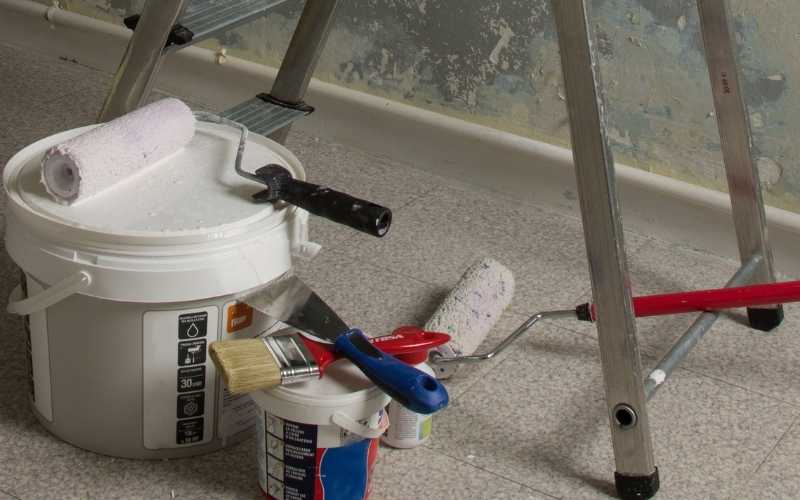Painting your room or home is one of those projects you can either do yourself if you have the knack for DIY or you can also hire someone to do for you.
However, if you’re not a professional painter, it can be quite tricky especially if you don’t know the right tools to use for each part of the room.
Each part of your room requires different set of tools if you want to do it right and easily. There are tools for painting the walls, high walls, the edges of the wall, the trim or moldings and even the doors and cabinets in the room.
Knowing the tools you can use for each part of a room and how to use them will definitely help you get the best results when you embark on your next project.
So, here in this article, I’ve listed 20 painting tools and equipment you should know how to use if you want to add color to any part of your room.
Table of Contents
A Broom

This might sound unusual, but the first thing you need to do in your room before painting it is to remove cobwebs and dirt on the floor and walls if there’re any.
Trust me, you don’t want to paint over cobwebs, they’re almost impossible to cover, especially if the color you want to cover them with is white.
If the room hasn’t been used for quite some time, there’re bound to be things like that. That’s why you need to use a broom to remove all the cobwebs, and sweep off all the dirt. You can also use a vacuum if you have one. Just make sure all the cobwebs are gone before anything else.
Dust Mop
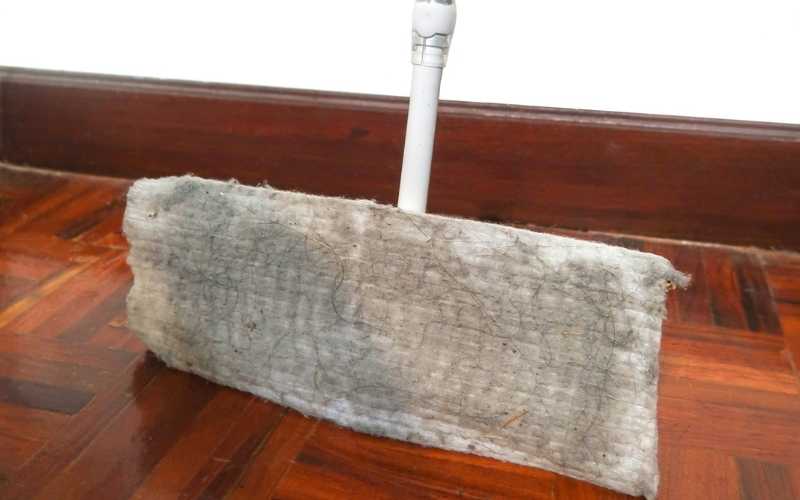
A Dirty wall will not allow paint to adhere properly. That’s why you need to mop off any dust clinging to the walls before applying the paint.
Try to use a flat microfiber dust mop with an extension pole like the one shown above, so you can reach every part of your wall without climbing a ladder.
Drop Cloth

Trust me, you need to cover every other thing up before you start painting. If you don’t want paint to drop or spill on your floors and furniture, you need a drop cloth to cover them up.
If this is not done, clean up in the end will be very difficult. So, try not to skip this step because it will mean less clean up for you later. Once you’re done, just remove all the drop cloth from the ground and furniture pieces, and you’ll still find your home squeaky clean.
Paintbrushes
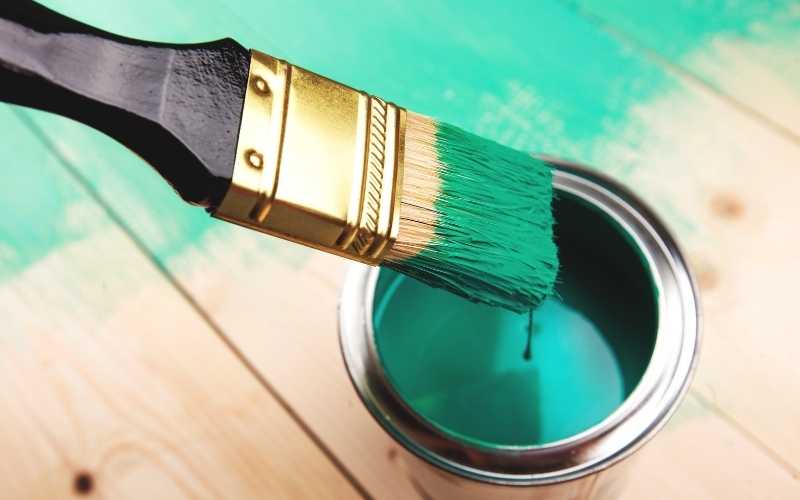
A paintbrush is one of the simplest and most common tool you need. It consist of a handle with bristles attached to it. You just have to deep the bristles into the paint, and then rub it on the surface.
There’re different types and sizes of paintbrushes you can use depending on the surface you’re working on and the amount of paint you want to apply with it.
The bristles are also made with different type of materials. The larger brushes with thicker bristles are for filling in or covering a large areas like a wall, while the thinner ones are for detailed work like painting over trim.
Roller

If you want to apply paint rapidly on a large wall or some other surface, then using a roller is definitely one of your best options.
It consists of a roller frame, a cylindrical core and a roller cover made of fabric that absorbs the paint and transfers it to any surface you roll it over.
The roller frame is often reusable while the cylindrical core and fabric can be replaced, with either foam or fabric rollers.
There’re some rollers with cores that can be filled with the paint fluid, with the fabric absorbing the fluid from the inside, so that it’s applied externally when you roll it on the surface you’re working on.
Roller Tray
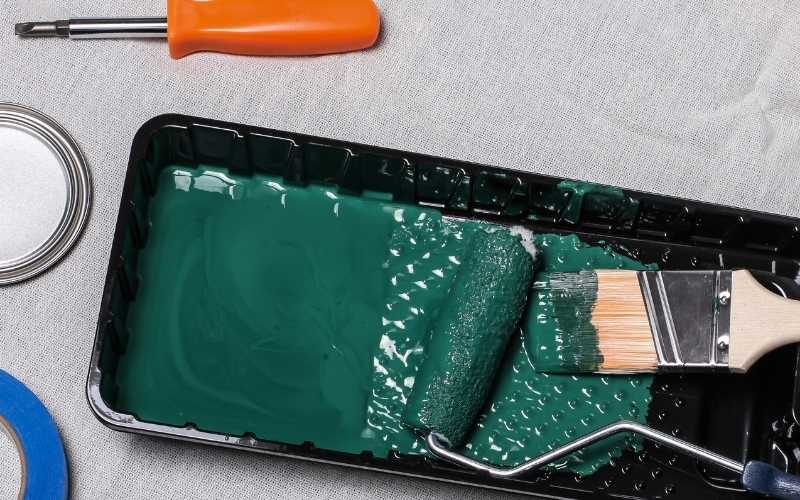
When painting your room with a roller or a paintbrush, it’s bad practice to dip the roller directly into the bucket.
What you need instead is a roller tray. The roller tray is a flat tray with a little reservoir at one end of it where you can pour in a little amount of paint.
You can then load your roller with paint by rubbing or rolling it on the tray, while your paint bucket is covered until you exhaust the one on the tray.
If you want to take a short break, you can rap both the tray and roller in a plastic bag to prevent them from drying up, so that you can easily resume your work without any issue.
Paint Pad
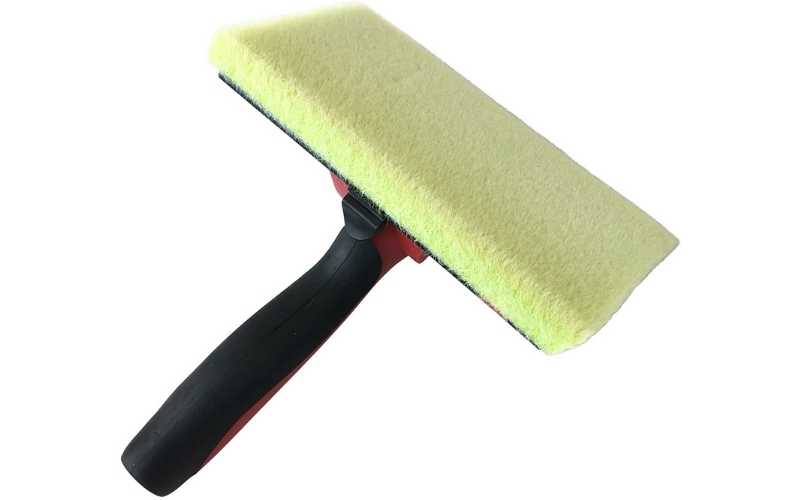
Using paintbrushes and rollers involves a lot of spills on the floor and on your body. If you want to avoid that, using a paint pad is one of your best options.
It’s a simple flat pad, with a handle you can use to apply paint on both textured and flat walls. It’s not as fast as when you’re using a roller, but you greatly minimize the spills, drips and smudges that usually accompany the use of a roller.
That means you have less cleanup to do after your work is complete.
Paint Edger

A paint edger is the tool you need if you want to paint along a straight line or an edge like the edge of a wall or around trim or ceiling without spilling or getting paint everywhere.
It saves you time, because you don’t have to use a masking tape to mask the edges before painting it. You can just use the edger immediately, thus speeding up your work.
Trim Guard
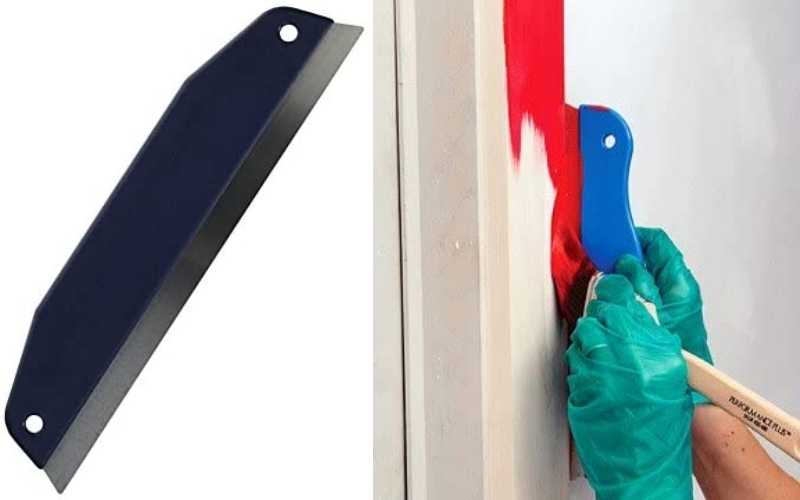
The painters trim guard functions just like the edger mentioned above. It’s a very versatile painting tool used for painting straight lines around corners without using a tape to mask the edge.
You can use it around walls, windows, trim and ceiling so you prevent the paint from getting to areas you don’t want it to get to.
Masking Tape
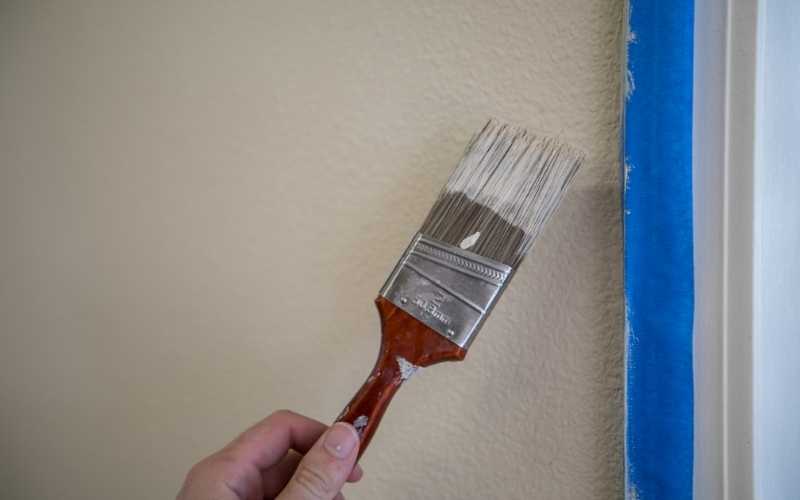
This is one of the oldest tools for painting around walls, windows, ceiling and trim. If you don’t have an edger or a trim guard, you can always use the masking tape or painter’s tape to cover all the edges you don’t want the paint to come in contact with.
After applying paint on the exposed part you’re working on, you can then remove the tape from the masked part to reveal the straight edge.
Graining Tool
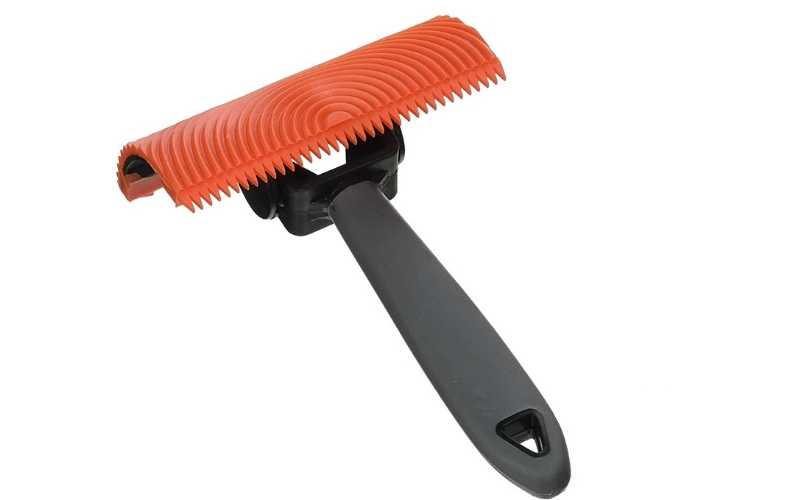
A paint graining tool is a tool used for transferring a pattern or a design into a newly painted and still wet surface.
The graining tool is usually dragged over the surface when the paint is still wet to transfer the desired pattern unto it.
Brush Extender

The name says it all. A paint brush extender is an adjustable pole you can attach to your paintbrush to increase your reach.
This is especially useful for painting hard to reach spots in your home like the ceiling and corners of your home. So, if you’re tired of climbing up and down a ladder or you’re afraid of heights, this brush extender is one useful tool you need to have.
Apart from increasing your reach, it also gives you full control of the brush angle, because you can rotate the head into different angle directions, so you can work at the ideal position and reach every spot you want your brush to reach.
Paint Scraper
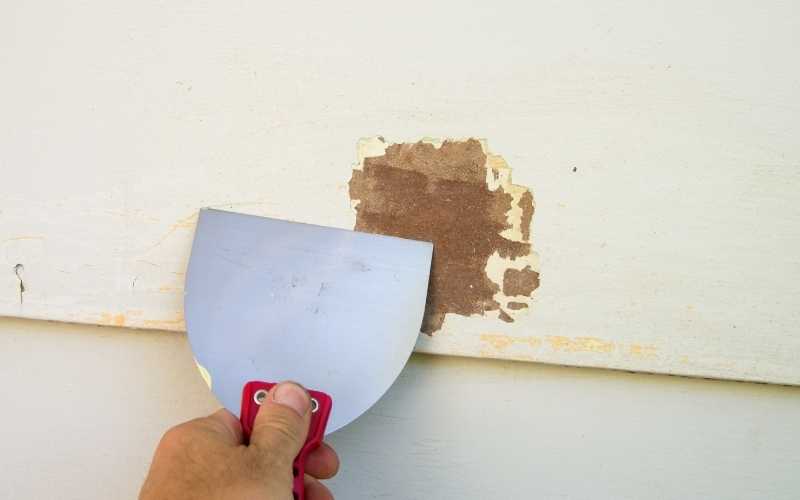
As the name implies, a paint scraper is used for scraping off dry paint off a surface, but it can also be used for many other things, like applying drywall mud or any other joint compound on the surface you’re working on.
It’s quite tricky to paint a surface that has already been painted in the past. Depending on the condition of the surface and the type of paint you want to apply, painting right over the old surface can prove to be a huge mistake if you don’t scrape off the flaking paint and apply mud or putty on areas that need it.
That’s why having this scrapper also known as putty knife is very necessary.
Sander or Sandpaper
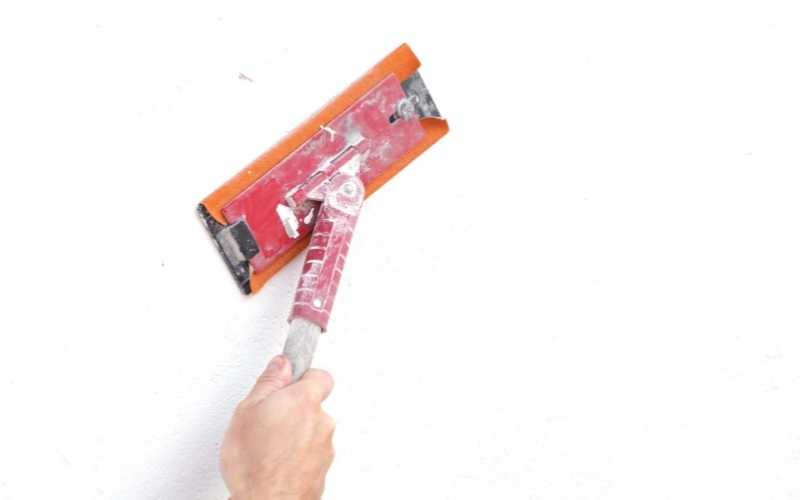
After scraping off the old paint from a previously painted surface, it’s very good to sand the surface again because adding a fresh coat of paint without sanding will likely still result in a bad look.
That’s why you need to get a sandpaper and a sanding block to hold the sandpaper. Or, you can just get a simple wall sander to get the job done faster.
Caulking Tool

If there’re cracks and cracks in the walls you’re working on, then having a caulking tool is important.
Painting over the cracks will not cover them up and will not look pleasant when you’re done, so you need to cover up all the gaps with a caulking tool, so you can have a completely flat wall when you’re done.
Steel Wool
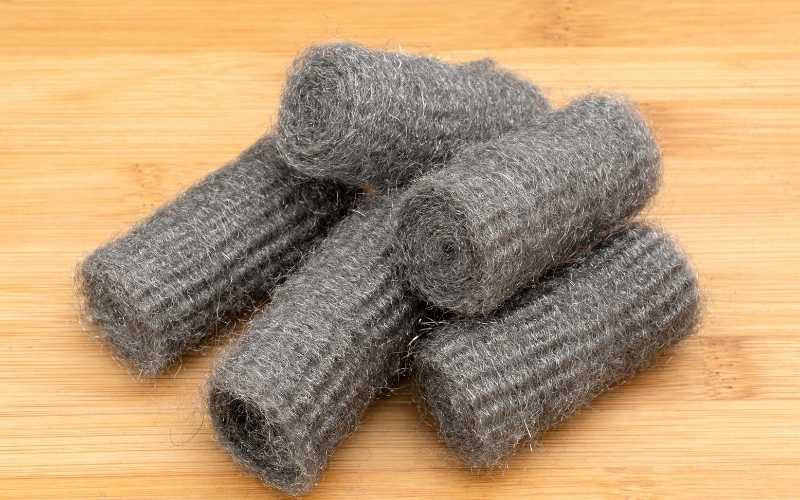
Just as painting over gaps in walls looks bad, painting over rusted metal is also not advisable, because it your work won’t appear smooth and neat and the paint will also fall off sooner than you think.
That’s why you need a steel wood to remove any corrosion or rust from metal surfaces.
Bucket Hook
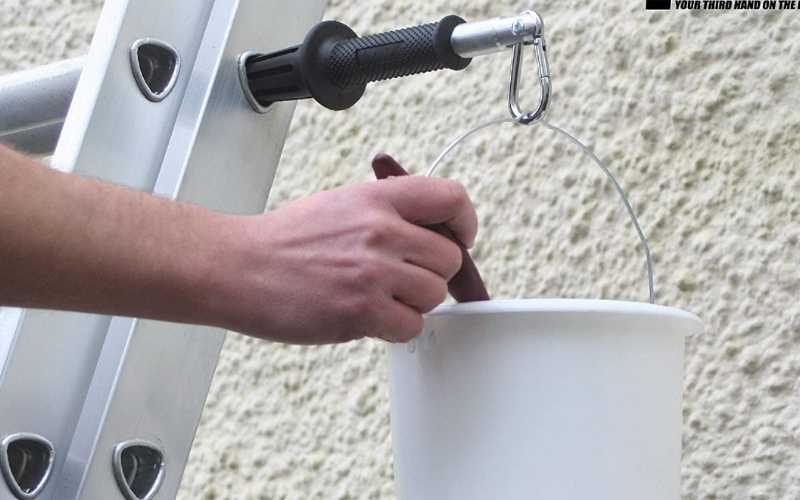
If you have to use a ladder for higher reach when painting your home, carrying the paint bucket with one hand while you use the other hand to hold the roller is not a safe option. You also do not need to keep the bucket on the floor and climb down repeatedly to reach it.
Instead, you can use a bucket hook like this one to hang the bucket right at the height where you’ll be standing on the ladder, making it very easy to reach and making your job safer.
Socket Blocker

Painting over sockets, plugs, data ports and smart switches does not only look bad and unprofessional, but it’s also not smart. This is because it can be a fire hazard waiting to happen, which may eventually require you to spend hundreds of dollars replacing these items if they eventually get damaged.
Instead of that, use a simple socket blocker to block or mask your electrical outlets from getting covered with the paint or any other contaminants that might be a cause of concern in the future. These, are very useful accessories you should have whenever you decide to paint any room in your home.
Paint Sprayer
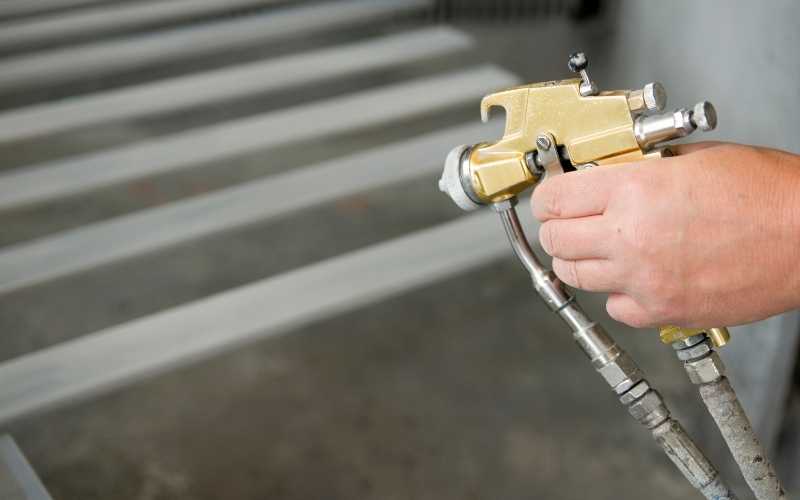
Apart from using the more common brush and roller, you can also use a sprayer to apply paint on any surface you want to.
It just requires that you choose the right sprayer for the type of paint you plan to use. There’re several types of sprayers you can use from, depending on the type of paint you want to use and your budget as well.
You can find sprayers for as low as $100, and you can find some that are over $3000. Some make use of air compressors to atomize the paint while others such as airless sprayers make use of high pressure pumps to atomize the paint by pumping it through different specialized tips with tiny orifices at high pressures.
Ladder

It doesn’t hurt to get a ladder even though you have a brush or roller extender. Sometimes you just need to get close to the surface you’re painting so you can apply some good finishing touches to it.
Having a step or extension ladder will help you do just that.

